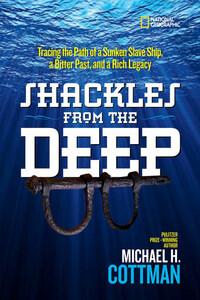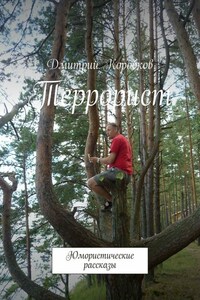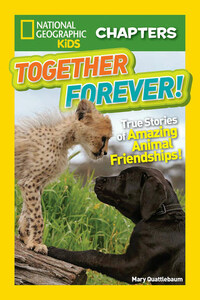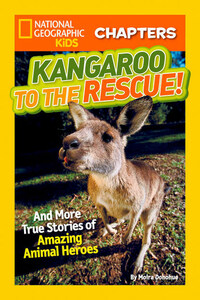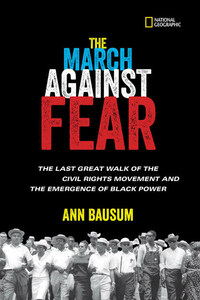Copyright © 2017
Michael H. Cottman
Compilation copyright © 2017
National Geographic Partners,
LLC
All rights reserved.
Reproduction of the whole or any part of the contents without written permission from the publisher is prohibited.
Since 1888, the National Geographic Society has funded more than 12,000 research, exploration, and preservation projects around the world. The Society receives funds from National Geographic Partners LLC, funded in part by your purchase. A portion of the proceeds from this book supports this vital work. To learn more, visit www.natgeo.com/info.
For more information, visit nationalgeographic.com, call
1-800-647-5463, or write to the following address:
National Geographic Partners
1145 17th Street N.W.
Washington, D.C. 20036-4688
U.S.A.
Visit us online at nationalgeographic.com/books
For librarians and teachers: ngchildrensbooks.org
More for kids from National Geographic:
kids.nationalgeographic.com
For rights or permissions inquiries, please contact National Geographic Books Subsidiary
Rights: bookrights@natgeo.com
NATIONAL GEOGRAPHIC and Yellow Border Design are trademarks of the National Geographic Society, used under license.
Designed by James Hiscott, Jr.
Hardcover ISBN 9781426326639
Ebook ISBN 9781426326677
Reinforced library binding ISBN: 978-1-4263-2664-6
v4.1
a
Version: 2017-07-05
![]()
![]()
For my daughter, Ariane
We have hurdled waves together in the Pacific Ocean, snorkeled in the Gulf of Mexico, smiled at parrotfish in the Caribbean Sea, and talked about life along the Chesapeake Bay. What wonderful father-daughter memories. Embrace your sense of adventure and continue to explore the world’s magnificent waterways, where you will always find peace. You are a blessing. Love, Dad.
![]()
![]()
As you retrace the route of the Henrietta Marie slave ship, the journey to faraway ports of call will also reveal an unpleasant side of history: Racial epithets spoken by slave traders to identify enslaved African people were uncovered in historical records and are presented in quotations. In the pages of this book, we offer an uncensored and sometimes uncomfortable portrayal of slavery in the 17th century to educate and enlighten young readers.
![]()
by Geoffrey Canada ∼ president of the Harlem Children’s Zone
THESE DAYS, when people talk about slavery in the United States, they think of it as ancient history, but for me it’s not so distant. That’s because I have spoken face-to-face with a slave, my great-grandmother.
She was born just a couple of years before the Emancipation Proclamation, so while she grew up free, she was born into slavery. I only learned about it years after her death, and I was stunned. Suddenly slavery was very real to me. Then something else happened and made me realize slavery is a legacy that’s part of who I am today.
For a segment on the PBS television show Finding Your Roots, historian and Harvard University professor Henry Louis Gates, Jr., and his staff did a thorough search of my genetic makeup and my family history. My father had left our family when I was very young, so I had a lot of unanswered questions about my last name and genealogy. Like the characters in the comic books I loved as a young boy, I also wanted to know my “origin story,” to learn what I was made of, what slice of the African-American experience I read about in school was my own. What Gates uncovered was astounding to me.
The researchers dug into old records to see where my father’s surname and family had come from. After some twists and turns, they were finally able to trace the family back to the slave operations of a rural plantation in Virginia run by the Cannady family.
I traveled with Gates to the area where my ancestors were held as slaves. It was disturbing to think of my own flesh and blood living there, people like my great-grandmother, unable to read or write or even know where they were in this strange foreign place. As I walked through the land, surrounded by hills and hearing dogs barking in the distance, I felt in my gut how trapped and frightened my ancestors might have felt there. Even though I now know where my ancestors lived during slavery, I still have so many questions: How long were they there? How were they treated? Did they sail across the Atlantic on a ship like the Henrietta Marie? Sadly that ancestry is untraceable for so many African Americans, who lost their history along with their freedom and dignity.
For me, discovering my own family story highlighted the closeness of history—and that our collective history helps shape us into who we are today.
